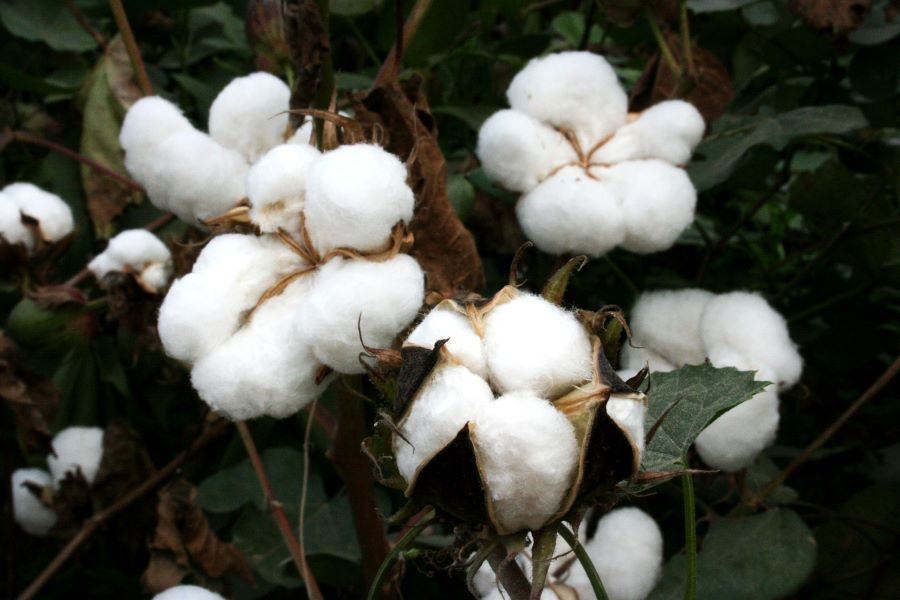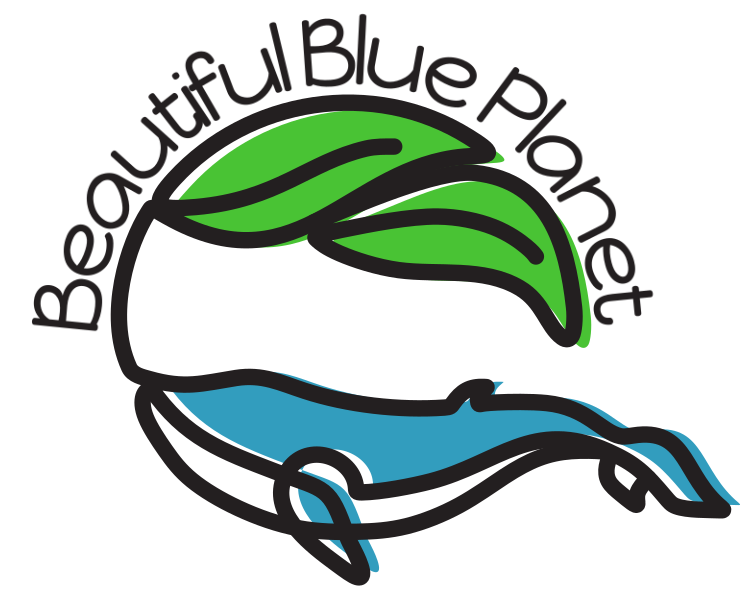Yes, there ARE 100% plastic microfiber-free wool socks! But not many.
I think wool socks are the best. And for all the reasons wool is such a good fiber to wear and such an environmentally-friendly fiber. Read this post for the details.
When I first started working outdoors where my feet would get wet, I would often come home with cold feet. This was long ago 😉 , and I knew wool was good to keep me warm even when wet. So I looked for wool socks and found 100% “ragg wool” socks from L.L.Bean. I bought some, got rid of my cotton cold-when-wet socks, and those stupid acrylic socks, and kept warm and comfortable in my all wool socks. For a long, long time.
But there’s a difference between wool socks and 100% wool socks, especially now. Many wool socks are made mostly of wool but have added nylon, polyester, Lycra, and/or spandex/elastane added for extra durability and stretch. Especially in the heel and toe areas.
Socks contribute to the plastic microfiber problem
Wool fiber is very ecofriendly if it’s grown well. But the synthetic fibers still contribute plastic microfiber shedding. The shedding occurs when you’re wearing them and when you wash them.
So if you want to really clean up your plastic microfiber shedding act, you can go for 100% wool socks. They’re harder to find but they’re out there.
Often you’ll see a sock label that describes it as a wool sock, but they likely have synthetic fibers, too. So you need to look closer to find 100% wool. In the US, the Federal Trade Commission allows zero tolerance of non-wool fibers in a product if it is labelled as 100% wool, All Wool, etc. But if non-wool fibers are included from unavoidable situations, it’s not considered mislabeling. This would amount to very small amounts. The same is true in the EU.
So the majority of wool socks are not 100% wool.
Here I have compiled a list of socks that are 100% wool and those that have the highest percentage of wool. The latter offer many more choices and they’re at least a big step in the right direction. And many makers offer ankle and no-show socks*:
100% Wool Socks:
Skellig Gift Store
The Skellig Gift Store in Ireland has many beautiful wool sweaters, hats, blankets, and more, and wool socks, all made of local wool and made in the UK. (I have a beautiful sweater I got from them…thick, warm, and shaped so nicely… I love it! 100% wool, it’s been warm in my winter travels, even in the rain.) But so far they only have women’s socks. But check out all the other wool items. They’re very reasonably priced.
West of Ireland Alpaca Wool Socks: made of 65% wool and 35% Alpaca. Also made in Ireland 1
Irish Merino Wool socks: they come in many colors, some colors are 100% Merino wool and others are made of 70% wool, 20% Acrylic, 10% polyester. They’re made locally from locally sourced wool.
Lichen Goods
This is a true eco-friendly company. They’re devoted to the most natural and plastic-free products and packaging. The socks are even undyed or naturally dyed, as in the Indigo-dyed blue socks. However, the prices reflect the level of care given to the products. I haven’t tried their socks, yet. But they’re very eco-friendly and plastic-free…
“Committed to creating a more circular fiber economy, these socks are made the old-fashioned way of 100% unbleached natural wool, worsted spun into a 4-ply yarn and knit with an especially flexible rib construction, eliminating the need for added synthetic elastic or nylon. Truly plastic-free.”
Housework, sellers of Lichen Goods wool socks
It shows how well things can be done. If you can afford the prices, your spending helps make changes.
Dundas Footwear
Here’s a source for undyed wool socks, from Norway.
Wool Ragg Socks Made of 100% unbleached wool
And here’s what they have to say about them:
“A pair of thick wool socks is an essential part of your equipment – no matter how expensive your high-tech synthetic supersocks are; wool still betters them all. Warm, even when wet, and with exceptional breathing characteristics, the traditional “Raggsokk” is what you want. Our socks are made of 100% unbleached wool and rib knitted for great fit.”
Dundas Footwear
I agree.
But most modern wool socks are made of Merino wool plus other synthetic fibers. Merino wool is superior in many ways to other wools, but it’s not as durable. The comfort factor pleases more people. So sock makers add synthetic fibers, mostly in the heel and toe, sometimes all over, for increased durability and stretch.

Mostly Wool Socks:
I chose socks with the greatest percentage of wool. I ended up using the 70% mark as the minimum to recommend. I have used socks from most of these brands and do recommend them.
Here are the best brands*:
Smartwool
Smartwool sources ZQ-certified Merino wool for their products. That ranks high for me. It means the sheep are very well cared for.
But they’re also working with the New Zealand Merino Company (where mulesing is banned) to develop an index, ZQRX, that focuses on improving the land and carbon footprint of wool raising. This drives the push to restore the land with grazing, not denuding and destroying it. See my article on holistic management., and this on ZQRX .
Here are some socks with the highest wool content:
Women’s:
Smartwool Everyday Popcorn Snowflake Pattern Crew Sock Women’s 77% wool
Everyday Snowed In Sweater Light Cushion Crew Socks 77% wool
Smartwool Popcorn Polka Dot Crew Sock Women’s 77% wool
Smartwool Women’s Cable Crew 73% wool
Men’s:
Smartwool Men Classic Mountaineer Maximum Cushion Crew 74% wool
Everyday Snowed In Sweater Light Cushion Crew Socks 77% wool
Wool is a very recyclable fiber, and Smartwool has a program where you can send back your old socks and they will recycle them! Yay!
Darn Tough
They make socks only, in Vermont, with a strong commitment to sustainability (read about it here). They’ve been changing over to RWS sourced wool which is a high standard for wool, including progressive land management and animal welfare.
Here’s where you can find a really good description of what makes wool an exceptional fiber with a wonderful graphic showing wool fiber details. And here’s a Darn Tough page debunking myths about wool socks.
Take a look at Darn Tough’s socks here.
I haven’t yet sifted through their huge assortment of socks to find the ones with the highest wool content. But I find that many of their socks have around 60ish % wool content. A bit low for my standards. But they do have an amazing lifetime guarantee because they make their socks to last very long… which may be why they use a higher percentage of synthetics(?).
I have some of their socks and I do recommend them. And I like their move toward RSW certification.
Merriwool
Merriwool has a commitment to obtaining only ethically sourced wool. Read their statements here.
I love their wool layers, their focus garments, but they have just a few socks.
MERIWOOL Merino Wool Hiking Socks for Men and Women – 3 Pairs Midweight Cushioned – Warm n Breathable 75% Merino wool
Wigwam Ragg Wool Socks
This company may be the original 100% ragg wool sock producers of long ago. Though I think Ragg was invented in Norway, as a knitting pattern. These are the ones I got to keep my feet warm when they got wet in the winter. Made of 100% non-Merino wool.
It was in 1996 when Wigwam started its line of Merino wool socks. They got quite popular because of their softness. But Merino wool doesn’t have the durability of other wools.
I never had a problem with the old-style wool socks being scratchy or itchy. They lasted a long time, too. But many people like softer wool. So now they’re made of Merino wool with have nylon and spandex blended in for durability.
They make no statement about their wool sourcing.
Wigwam Men’s El-pine Ragg Wool Heavyweight Crew 76%, 22% Strecth Nylon, 2% Spandex
These are really unisex!
Loose Fit Stays Up Marled Merino Wool Men’s and Women’s 72% Merino wool
Merino.tech
This Canadian company was started with the purpose of producing organic wool clothing, using non-mulesed New Zealand wool. (By the way, mulesing has been banned in New Zealand.)
All of their socks are 85% organic Merino wool, non-mulesed.
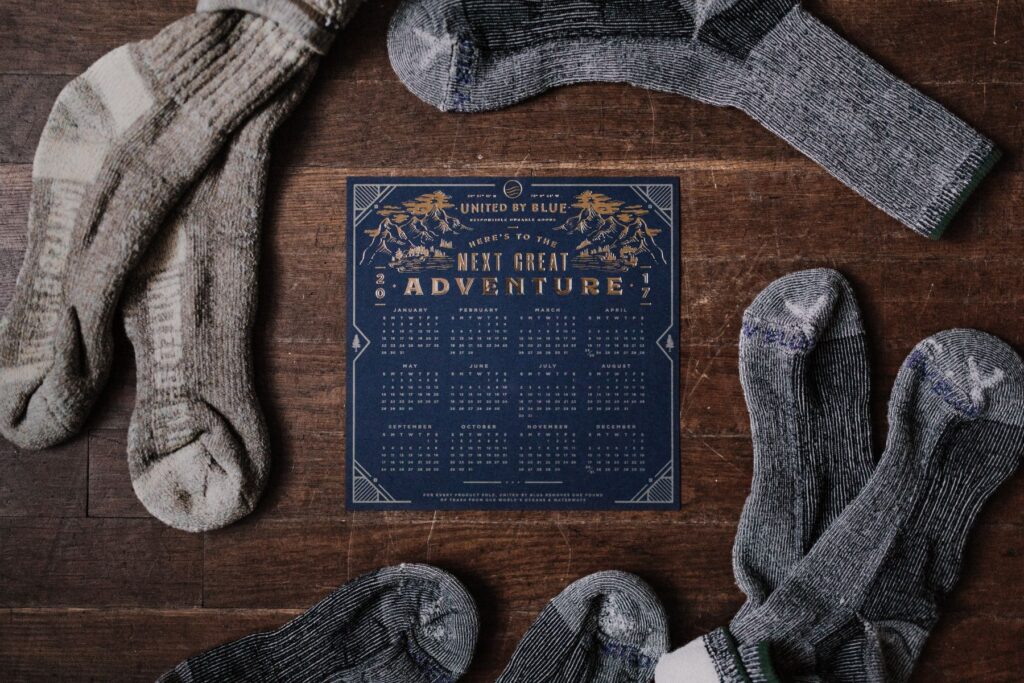
Duckworth
This company raises its sheep in Montana’s high country grazing like the wild animals. Their entire supply chain is within the US, eliminating global shipping and bringing jobs to small American communities. They insist that the sheep’s conditions, care, and low stress make the best fibers, and the reviews prove it.
Socks are 67-68% wool. But I like their American focused supply chain… It means lower shipping carbon. More American jobs.
Unbound
Unbound sells an assortment of 100% Merino wool clothing basics, and some blends. They promote their goods it as great travel gear, which I can attest to. The sock selection is limited but the pieces are high wool content blends.
I like that they’re offering a variety of wool clothing for all seasons. They’re source from Woolmark certified wool which attests to quality. But commitment to ethics and land care are not clear.
Women’s 2-Pack Ankle Socks 83% wool
Men’s All Season Crew Socks 80% wool
Men’s No Show Socks 75% wool
Fox River
This company makes only socks. They use natural ingredients including wool and Merino wool, plus Tencel which is a modified natural fiber, they’re WRAP certified, and they use 100% renewable energy. Read about their environmental practices here (including what WRAP is).
For women, too, just size appropriately.
I always try to find the socks with the highest wool content, preferably 100%. But it’s hard to do. A compromise is necessary, but at least more wool in the socks makes them superior socks for all purposes and seasons (except maybe the extreme hot summer days when you won’t be wearing any socks).
Wearing and washing socks will shed lots of fibers, and socks with the lowest synthetic fiber content will better for the planet.
The good news is, we have many excellent socks to choose from!
*I earn a small commission when you purchase some of the products I recommend through my links, at no extra cost to you. I only recommend products and services I have experience with and feel my readers will benefit from. This enables me to spend the time needed to give you good information… to help this beautiful planet!
Related Reading

Nanoplastics are Everywhere, and They’re Dangerous
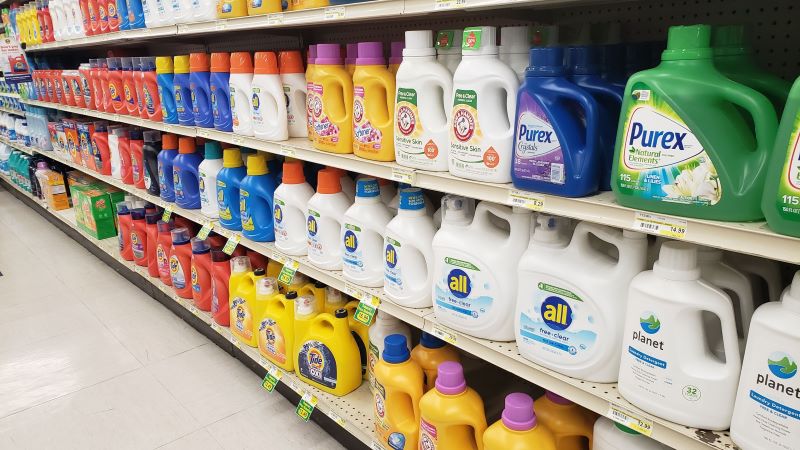
The Insanity of Liquid Laundry Detergent–It’s Not Eco-Friendly!
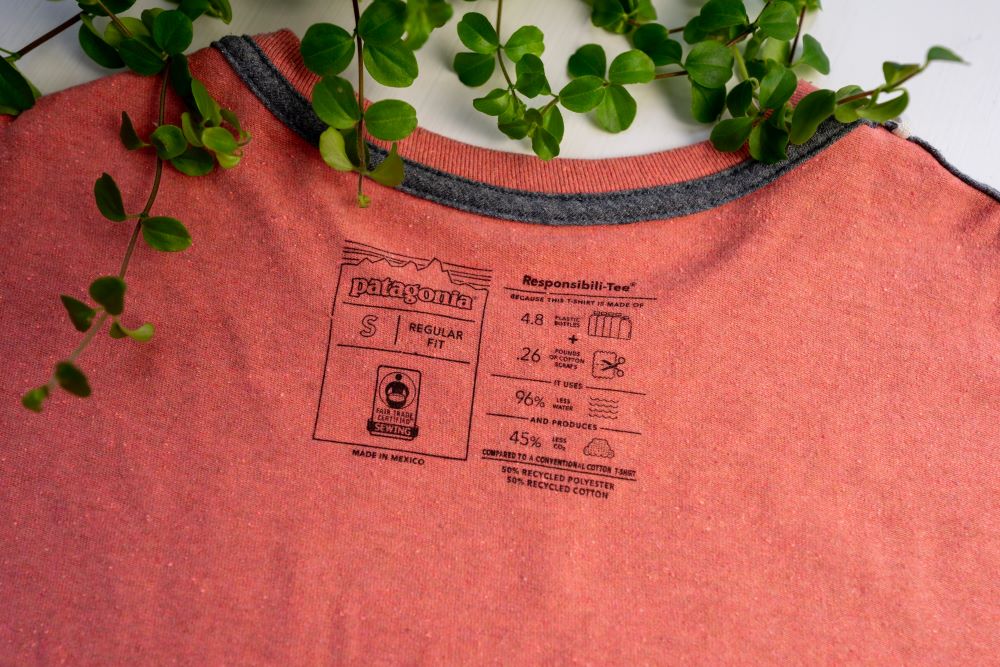
Why Recycled Polyester is Worse for the Planet

The Most Eco-Friendly, Animal-Friendly Wool Socks
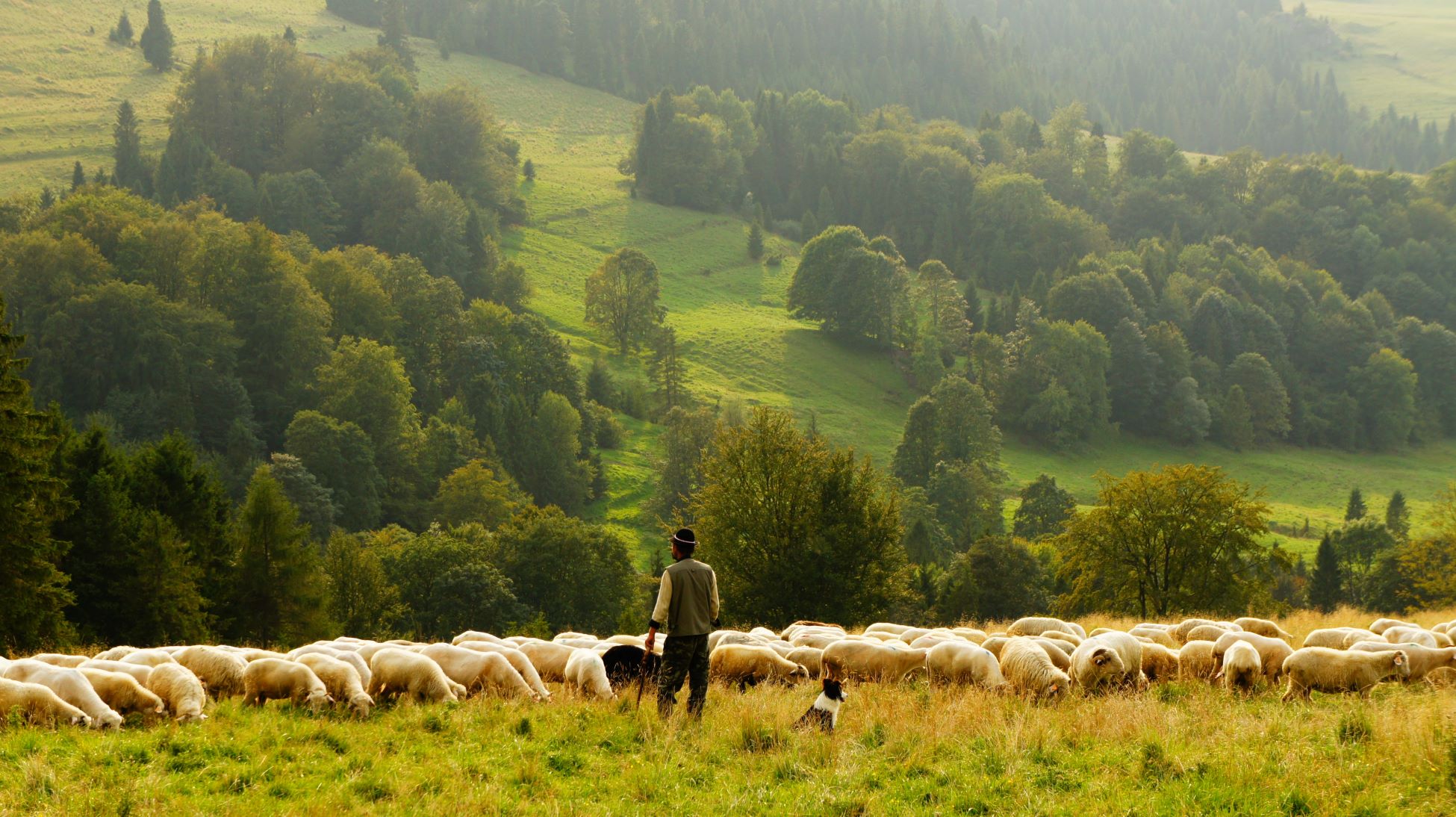
Wool IS an Eco-Friendly Fiber–You Just Need to Choose it Well
